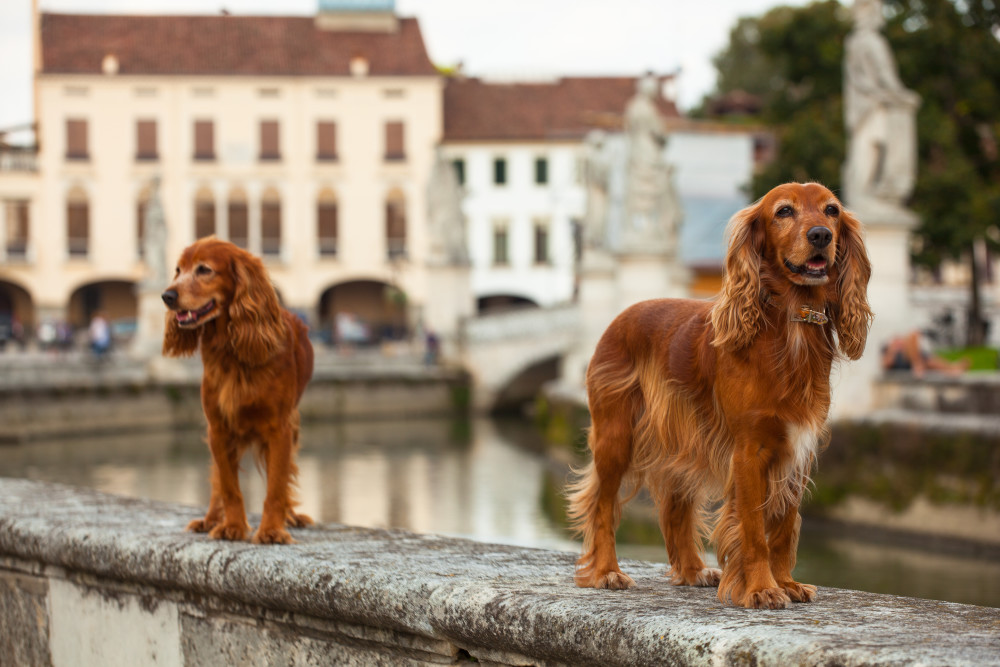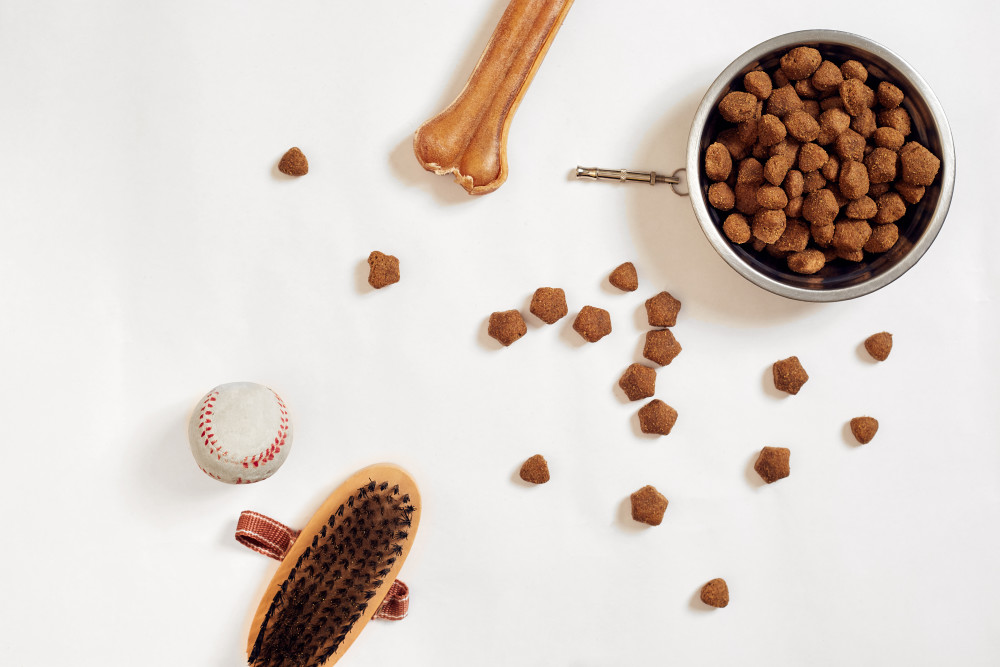English Cocker Spaniel

English Cocker Spaniel Overview
The English Cocker Spaniel is a compact, active and sporty breed favoured for its enthusiasm. Their silky, wavy medium-length coat comes in a range of striking patterns and colours. They have dark, drooping eyes that are present and noble, with soft ears that hang long, not unlike a Rapunzel-mane. It’s a breed that lives to please and will do so at just about any cost. This makes them great dogs to bring along hunting—English Cocker Spaniels are known for their refined ability to flush and retrieve gamebirds. With a shining, agreeable personality, they also make wonderful household companions.
The spaniel breeds of England evolved centuries ago from dogs of Spanish stock. “Spaniel” comes from the word “Spanish.” They were divided by type, either water or land. Land spaniels were further divided by size, with large types known as “springing spaniel” and “field spaniel,” and the smaller ones known as a “cocking spaniel”.
In the 1800s, the popularity of dog shows, along with Victorian England’s keenness for classification, resulted in the designation of a number of spaniel types to be official breeds. American dog enthusiasts of the early 1900s developed a Cocker, intended as a companion breed, with a more abundant coat, shorter head and domed skull.
Did you know?
English and American Cocker competed against each other in the ring, even after the American separation was made.
English Cocker Spaniel Stats
Kid-Friendly
Good with other animals
Easy to train
Caring for your breed
Daily kibble serving
1-2 cups
Daily exercise
2 hours
Grooming frequency
Brushed Regularly

Feeding your English Cocker Spaniel
The English Cocker should be fed a high-quality dog food appropriate to its age, whether puppy, adult or senior. Be careful of your English Cockers’ calorie consumption and weight level. Treats can be great incentive in training, but be aware of how many you feed them, as too many can lead to obesity. Refrain from sharing table scraps and especially avoid cooked bones and foods with high fat content. Learn more about what human foods are safe for dogs, and which are not. It’s important to talk to your vet if you have any concerns about your dog’s weight or diet.